Notes
Photojournalism on Acid? — Google’s Neural Networks and a Post Deleted after WaPo's Armadillo- and Dog-Faced Treatment of the GOP Pack
If you haven’t seen Google’s “DeepDream” neural network images circulating in some form or another across the internet, then maybe start here, run an image search, or check out the #deepdream hashtag on twitter. This neural network-processed photo shows a bird-headed reporter with a bad case of planet-jaw, illustrating what a handful of sites already have pointed out about these bizarre, otherworldly images: they get eerily close to replicating what people see on LSD.
Here we see GOP presidential candidate Donald Trump addressing reporters in an Alice in Wonderland world where loud bursts of patterns and color turn faces and neckties into dogs, ears into eyeballs, and hair into turkey vultures and armadillos. It’s a spectacular visual accomplishment, really, and like any other art that helps us see things in a different way, it shows how malleable our sense of reality can be when it is so closely tied to our vision.
Earlier this week, folks at The Washington Post got a hold of their own sheet of Google’s DeepDream, and like kids without adult supervision, they tried it out to just see what happens. What’s even more predictable is how WaPo published psychedelic photos of every GOP candidate—16 in all; 17 if you include the shot of Paul Ryan and Mitt Romney—but none, zero, zilch, nada of Democratic candidates. Once the glow faded, and probably after complaints surfaced calling out one-sided treatment of the presidential field, WaPo recoiled and deleted the original post but left the reader comments. (As of this writing WaPo has yet to deliver on a promise to give Democratic candidates the same DeepDream treatment.) Given such a small Democratic field, they’re only two or three more photos away from being able to at least claim—if they can keep a straight face—that they’ve achieved journalistic objectivity. Too bad that on this one WaPo clearly can’t handle its buzzfeed.
From an editorial standpoint, these doctored photos carry their subject matter to the outer limits of visual commentary on presidential campaigning. Pictures have always editorialized the news, but the political cartoon is still the star of the show when it comes to straightforward visual critique.
What we’re seeing here, then, is a new space age visual technology that uses lines of code to push photojournalism over the edge into a Trumpland world of cartoonish satire and caricature. But unlike drawing cartoons by hand (which, as we know from the Charlie Hebdo case, is supposed to reveal an artist’s intention), running images through Google’s artificial intelligence introduces a temptation for photo editors to play innocent. After all, the computer did it. Computers can’t really engage in confirmation bias, right? No one intended to turn Gov. Christie’s daughter into furry-faced Fido. That’s just what the automated formula spit out:
But the whole point of Google’s inceptionism research is to take objectivity out of computing so that computers can think and see like people.
These images of GOP candidates have been processed through Google’s ‘default’ setting which tells the computer to scan an image, track down dog-like shapes, and then magnify those shapes to a point of absurdity. So neural-processing computers in default mode can’t stop their own dog-bias from shaping how they see Republicans, and WaPo’s photo editors didn’t stop themselves from running these images.
Call it reporting, but it looks more like a party trick to me—a new, hi-tech digital piñata that everyone gets to take a swing at. As for the good folks down south who have a pretty good sense of what Trump’s persona is all about, they’ve perfected the artifact as an art of visual ridicule, and the best part is they still do it by hand:
— Philip Perdue
(photo 1: Jeff Guo/The Washington Post. original photo 1: Andrew H. Walker/Getty Images. photo 2: Jeff Guo/The Washington Post. original photo 2: Julio Cortez/AP Photo. photo 3:Marco Ugarte/AP Photo. caption: Alicia Lopez Fernandez paints a piñata in the likeness of Donald Trump at her family’s store “Piñatas Mena Banbolinos” in Mexico City, Friday, July 10, 2015. The piñata was a special order made after Trump’s comments that some Mexican immigrants to the U.S. bring drugs and crime, and some are rapists).
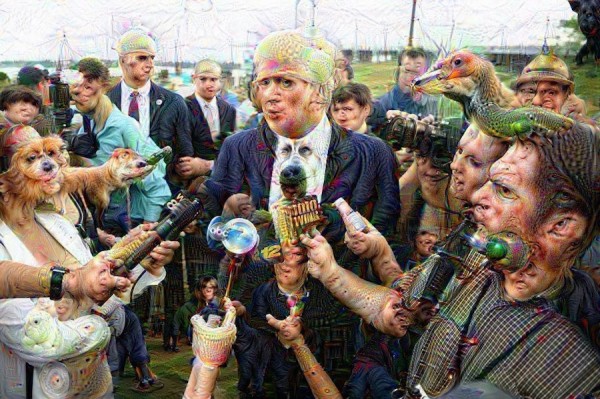
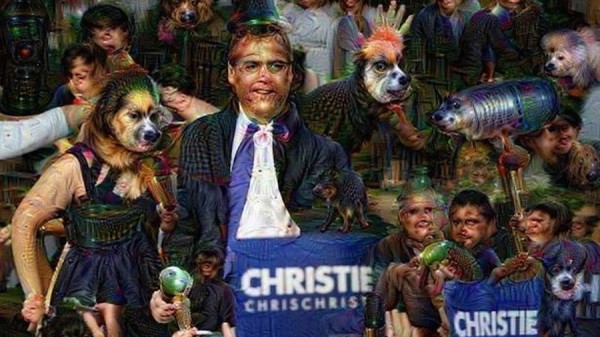
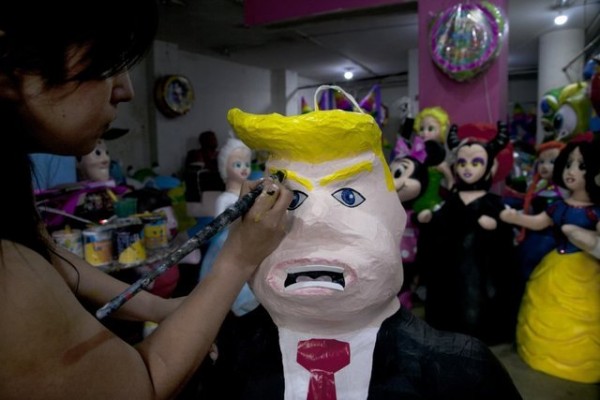
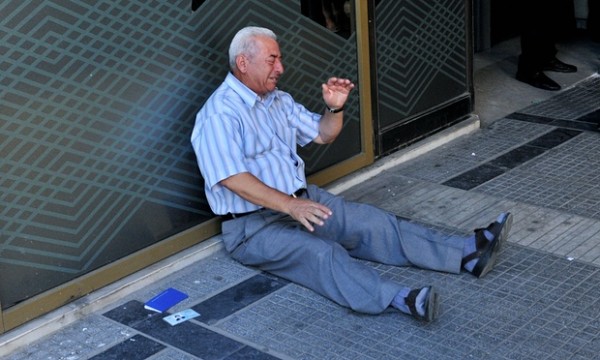
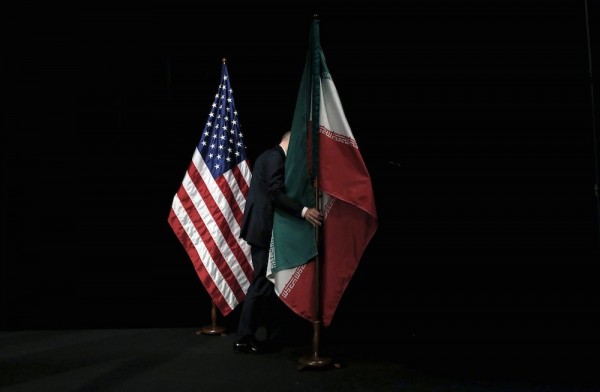
Reactions
Comments Powered by Disqus